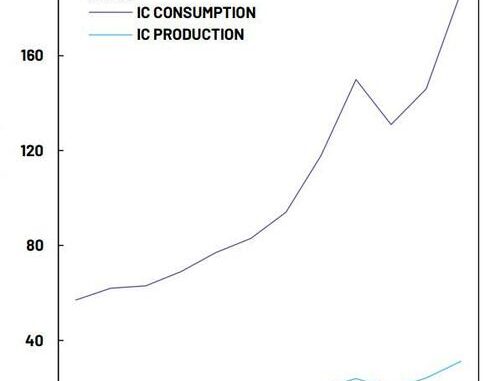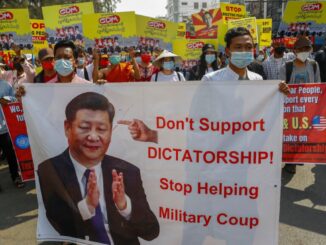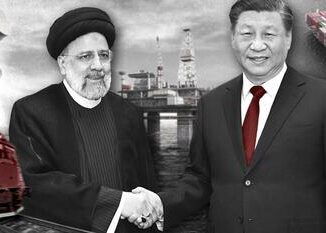
By Ye Xie and Georgei Lei, Bloomberg Markets Live reporters and analytsts
The Party Congress typically doesn’t make major policy announcements. Still, personnel changes, such as the makeup of the top-decision body — the Politburo’s Standing Committee — may influence China’s economic and development strategy in coming years.
Regardless, Beijing faces the same daunting challenges that have confronted China in recent years, including an aging population, mounting debt and a deteriorating relationship with the US. These constraints mean that Beijing is unlikely to deviate away from its current strategies for curtailing debt, boosting birth rates and becoming self-reliant in key technologies. It also implies slower growth in coming years.
Start with the worsening demographics. With a fertility rate below that of Japan, China’s working age population will keep falling in the next decade and beyond, according to Bloomberg economist Eric Zhu. Last year, new marriages fell to a record low, nearly half of the rate a decade ago. That figure could drop further this year due to Covid lockdowns. Also, a decline in the number of people working points to lower growth potential and higher burdens in the pension system.
A shrinking population means that China doesn’t need as many homes as before, suggesting the sector will turn from a major contributor to a drag on growth. By Goldman Sachs’s estimate, demand for housing may fall from 18 million units a year in 2010-2020 to 6 million by 2050. Developing more-productive industries, such as high-tech manufacturing, to make up for the holes left by a downsized real-estate sector is becoming a top priority.
Beijing has to transit away from housing without a further buildup in debt. After all, China’s debt leverage has already surpassed that of Japan prior to the burst of an asset bubble in the 1990s. Beijing started the deleveraging campaign last year but was forced to reverse course as Covid restrictions took a toll on the economy. Going forward, stabilizing leverage and containing financial risks remain a key theme.
What makes such a transition to more productive-sectors challenging is the deteriorating relationship with the US. The Biden Administration has shifted its strategy from containing China to one that aims to “freeze” China’s technology development at the current level. The recent sweeping restrictions on China’s access to US semiconductor technology reflects such a shift. It forces Beijing to become more self-sufficient in key technology and slows its catchup.
President Xi Jinping is set to retain his position as the paramount leader when the Party Congress concludes. But the structural headwinds mean the policy choices he and his colleagues in the new leadership have are quite limited.



